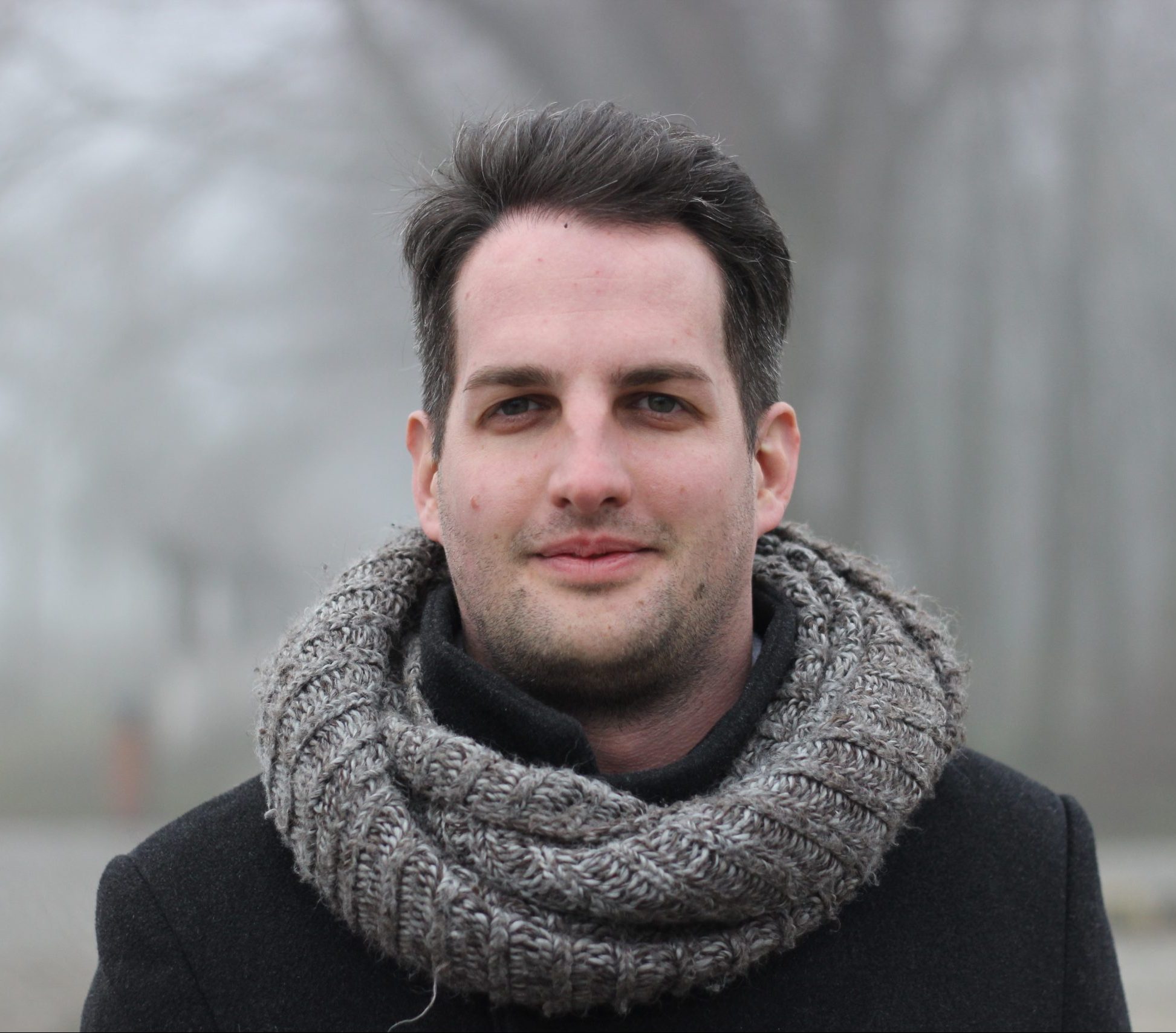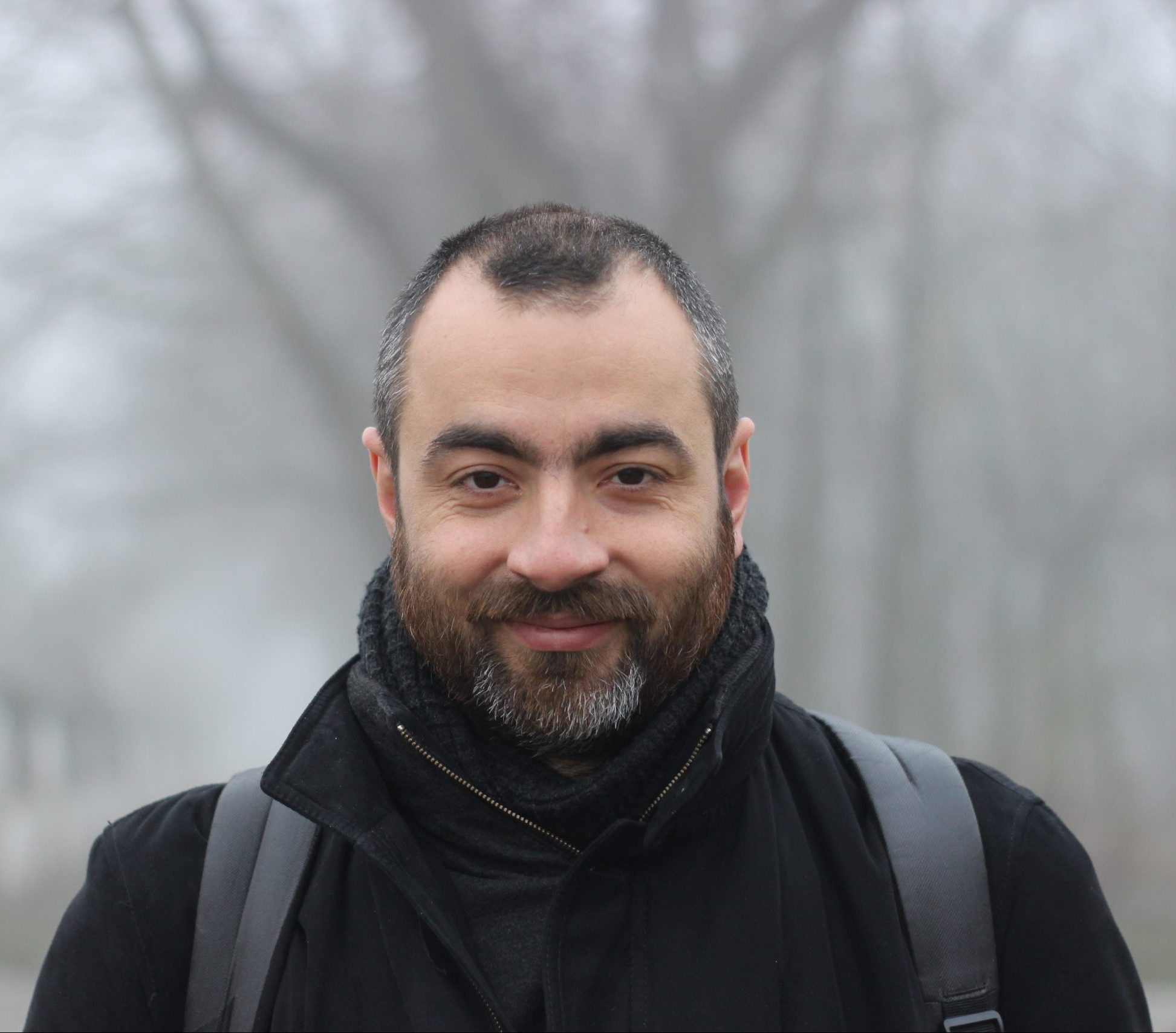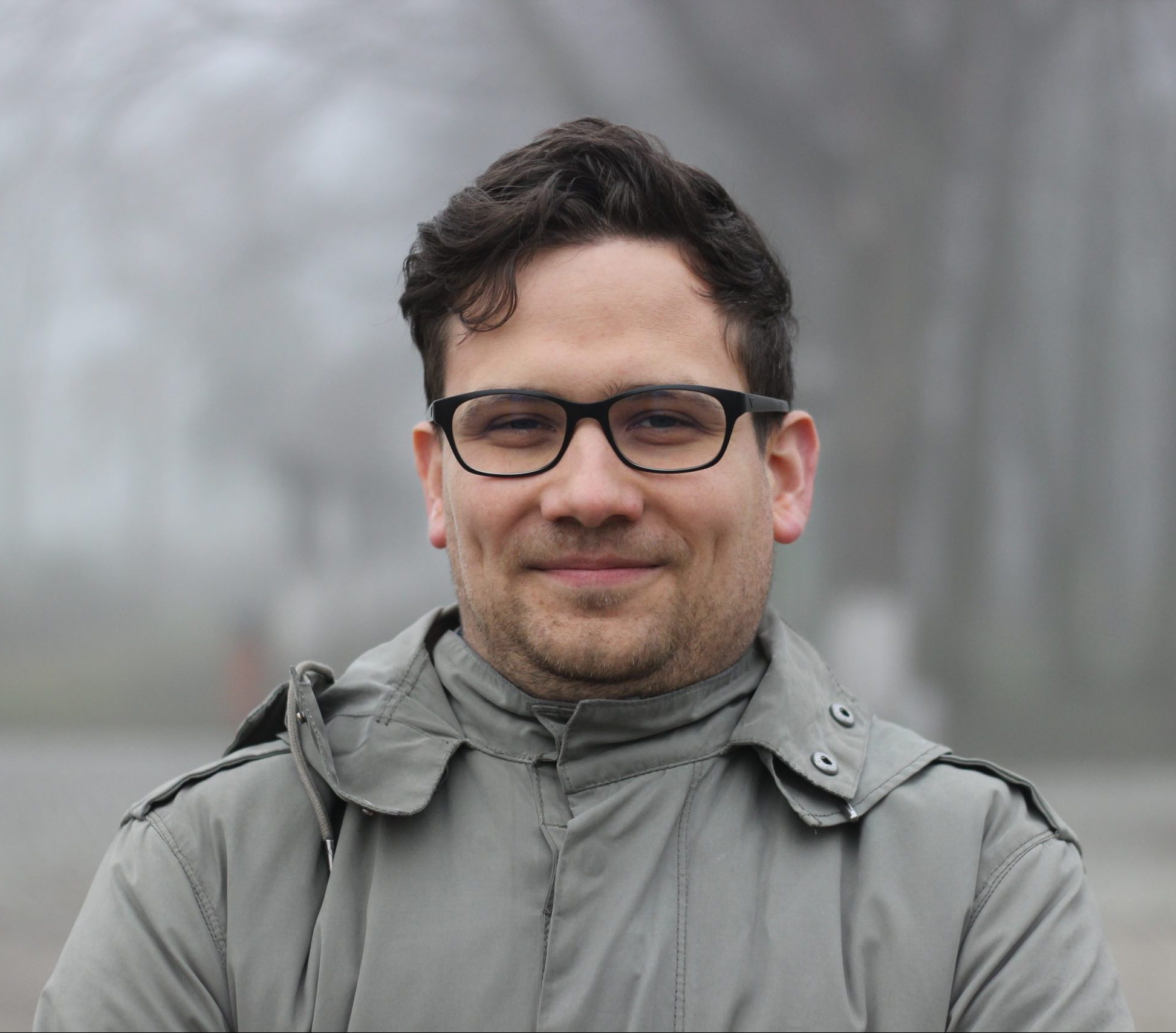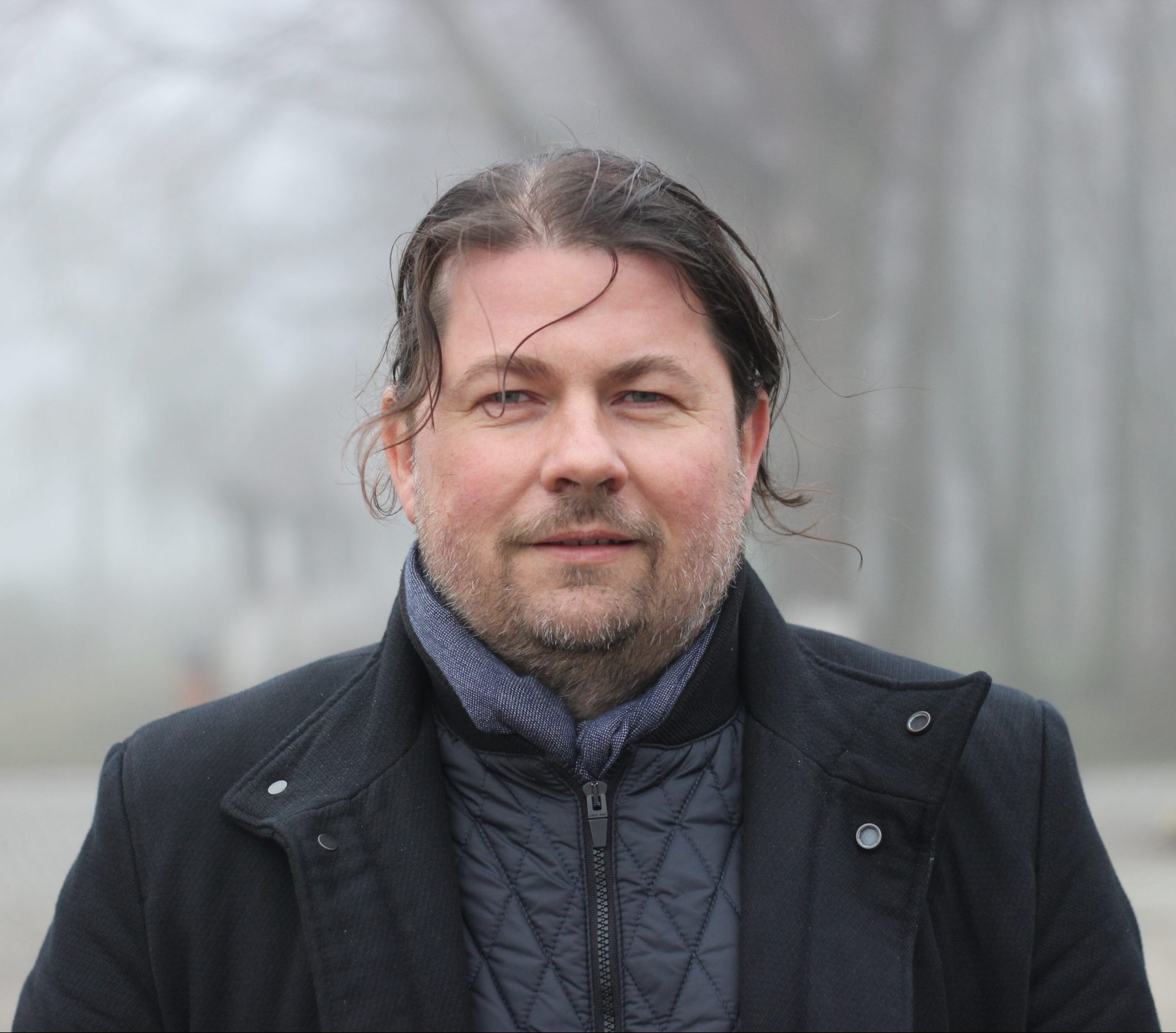The Faculty of Architecture
Architecture education started in 1871 in Hungary, at Royal Joseph University, Department of Architecture and Engineering. Architectural engineering diploma of BME was the first to be accepted by European Union from all Hungarian degrees and our certificate is admitted all over the world. Today, our professors’ works are determinant in the contemporary Hungarian architecture, and many excellent architects take part in our education as external lecturer as well. The Faculty of Architecture at the Budapest University of Technology and Economics focuses on training highly professional experts in architectural engineering who are aware of the social and cultural implications of their profession. Versatility is emphasised so that students will gain fundamental knowledge and abilities in every possible field of architecture and be able to find work in a highly competitive job market, and in any building- or design-related area of consulting, construction, and management. In the early semesters students gain theoretical basis (theory and history of architecture, design, urban design, building constructions, structures, service engineering, building technologies, management etc.).
Since its establishment, the Department of Public Building Design (among the 11 departments of the Faculty of Architecture, within the BME) has been a prestigious intellectual hub in Hungarian architectural education. Our success has always hinged on credible creative activity, the knowledge gained through that and the need and ability to share new findings with others. Generations of architects have been educated in this atmosphere based on trust and defined by a constructive relationship between tutors and students, and many of them have become leading figures and trendsetters in contemporary Hungarian architecture.
This is an ongoing process, as evidenced by the achievements of our staff and students. The discussion about architecture at the department is still characterised by the parallel existence of practical and theoretical knowledge, group work and an informal attitude. Our methodology is based on openness, extensive cooperation and the appreciation of the freedom in design. We believe this free approach is necessary because our own experience has shown that something entirely new is forming in the world, and in this context architects and the representatives of neighbouring disciplines have an unprecedented common task. We have to realise that in and of itself architectural and engineering knowledge in the classic sense is unsuitable for tackling today’s challenges, in fact, due to their routine-like nature, the resulting answers often conceal the real issues rather than shedding light on them. The solution is sought to be found in the relationship between engineering expertise, artistic architecture and common-sense vernacular architecture. We are convinced that architecture has to be interpreted in a broader cultural context to understand this new situation, otherwise we will not be able to pinpoint the relevant issues and recognise the vital features of this era, let alone find the right answers. This has far-reaching consequences in creative work and education, too. We need to foster a dialogue taking into account the social aspects of architecture and highlighting the factors of proportionality and appropriateness. The staff and students of the more than 70-year-old Department of Public Building Design wish to shape this dialogue through their own means.
Our staff contains 12 members (1 professor, 4 associate professors, 3 senior lecturers, 2 assistant lecturers and 2 teachers), and 12 doctoral students. The department has important role in every years of the undergraduate (BSc, MSc) and the graduate (doctoral) curricula with its courses and lectures. The seminars for groups, the lectures for a wider audience and the personal consultations are equally important in the teaching methodology.









